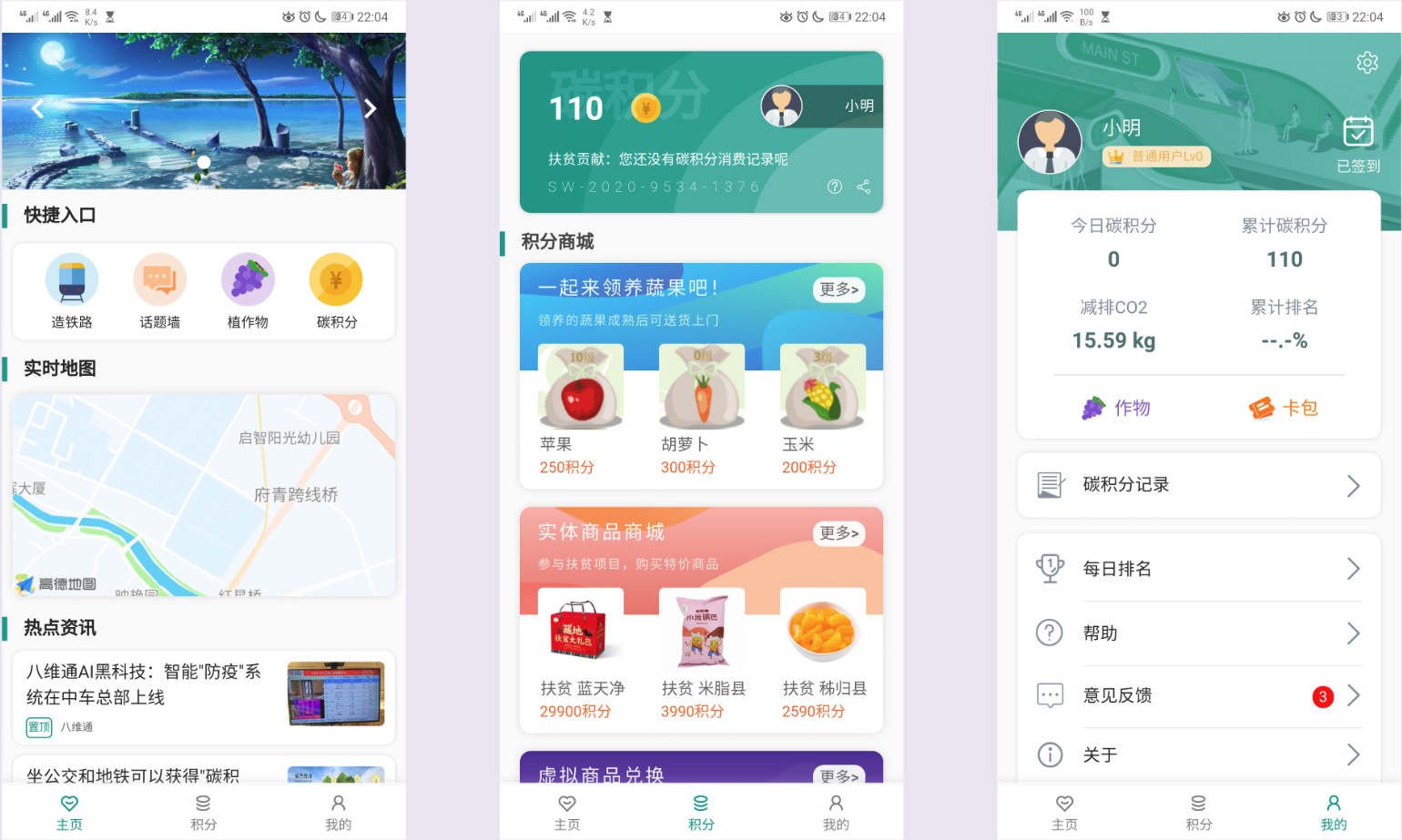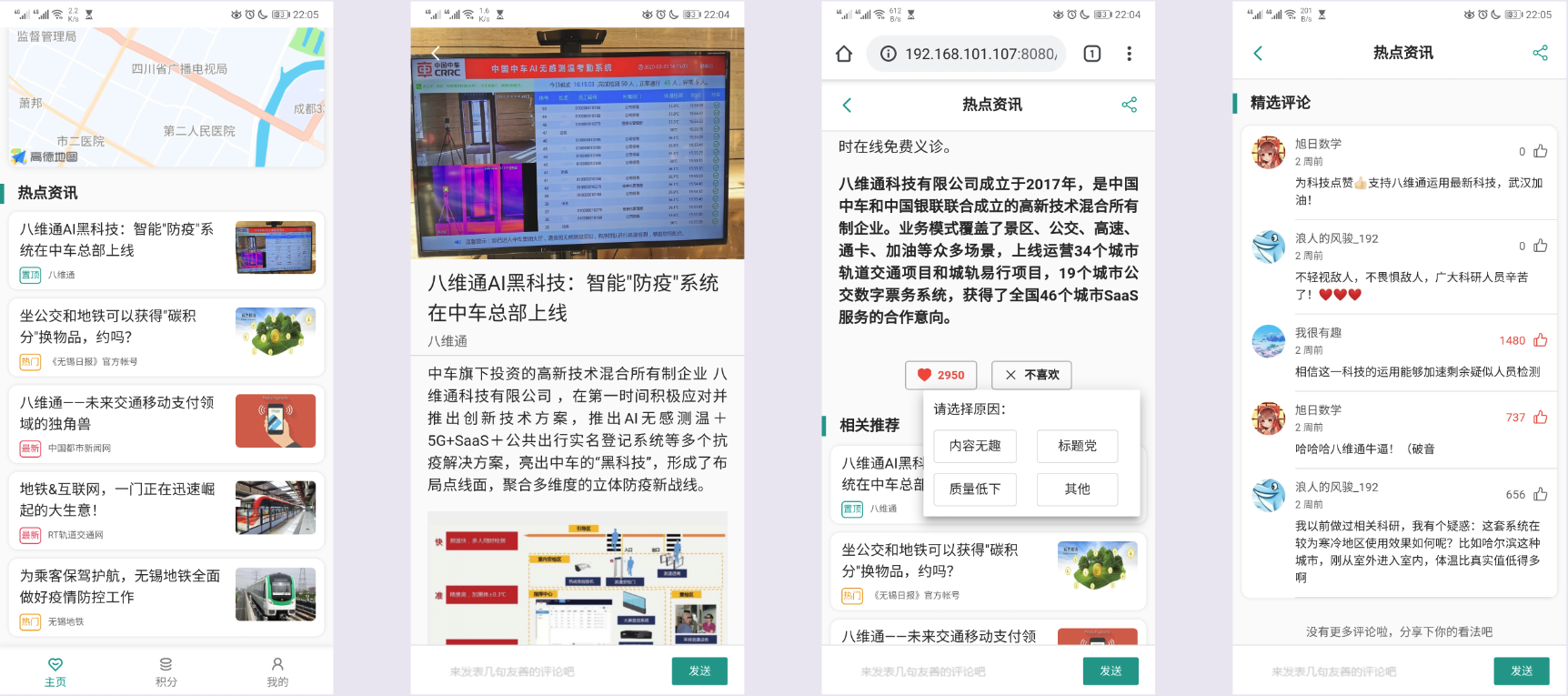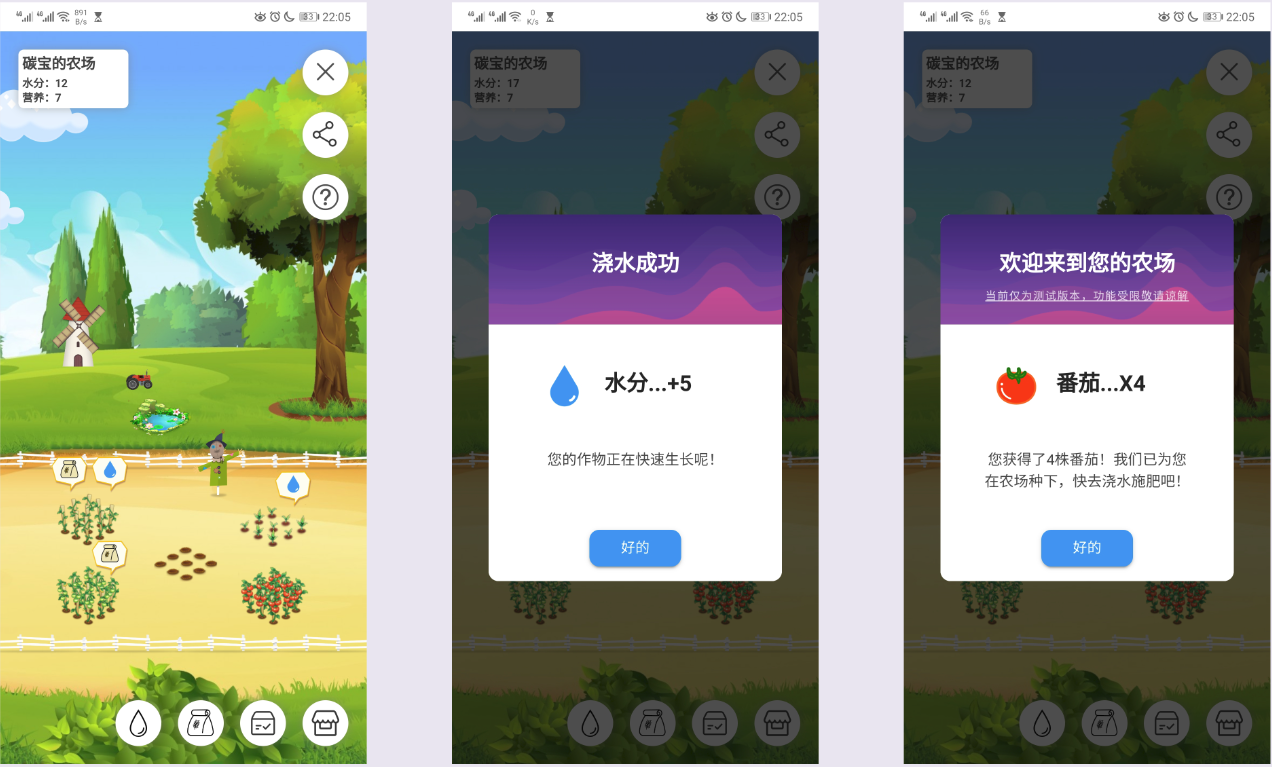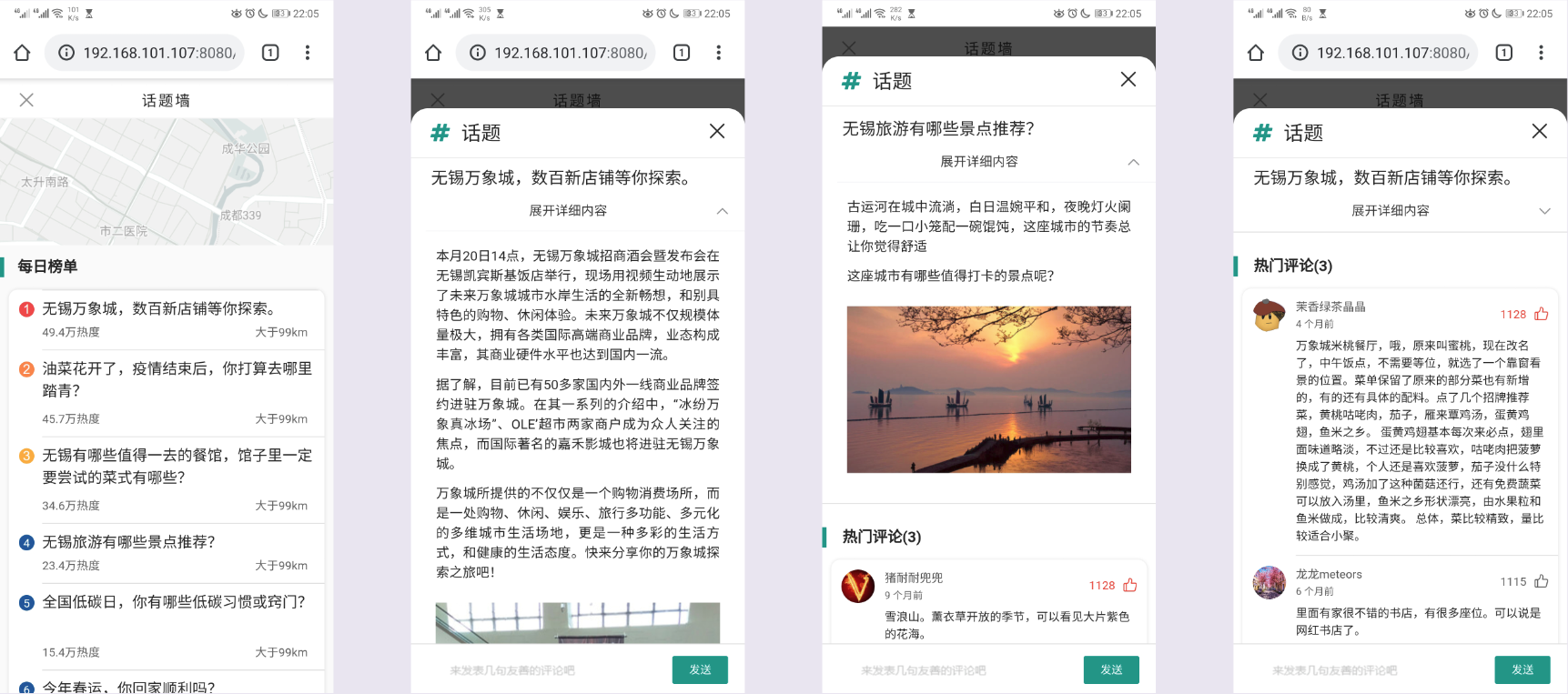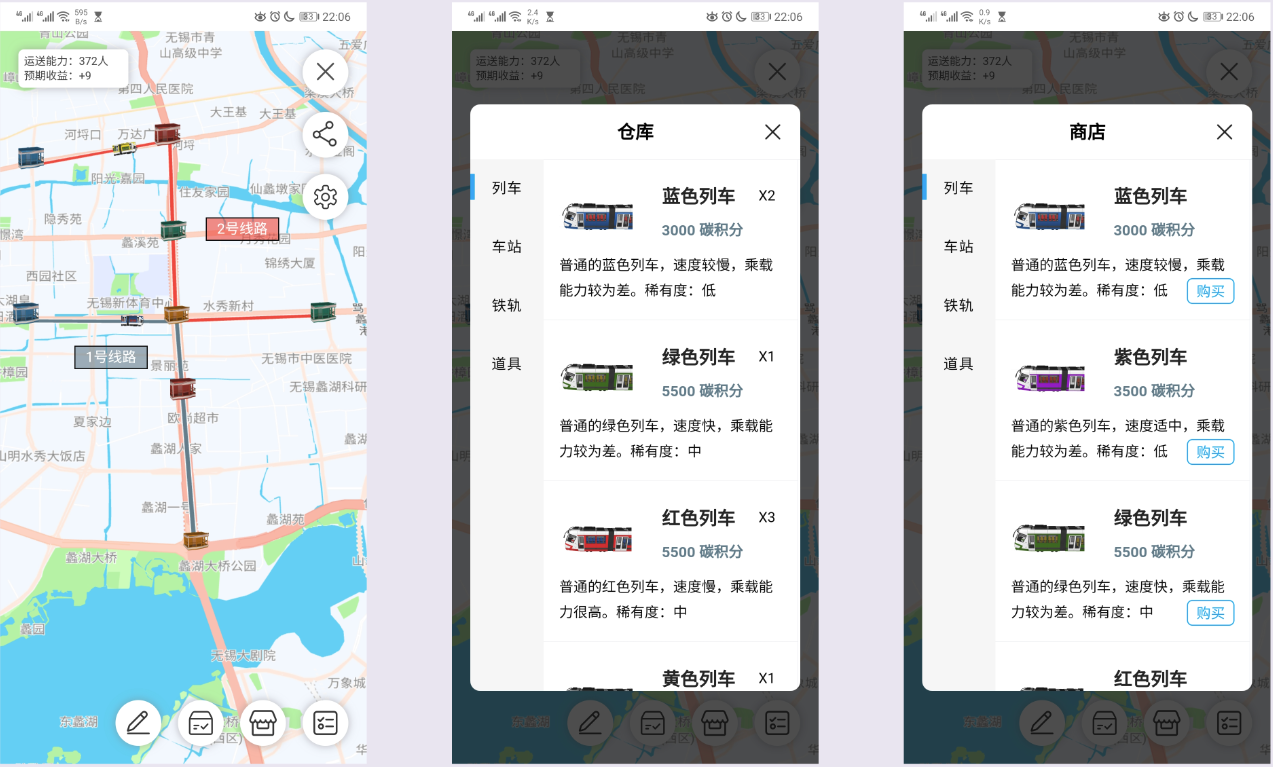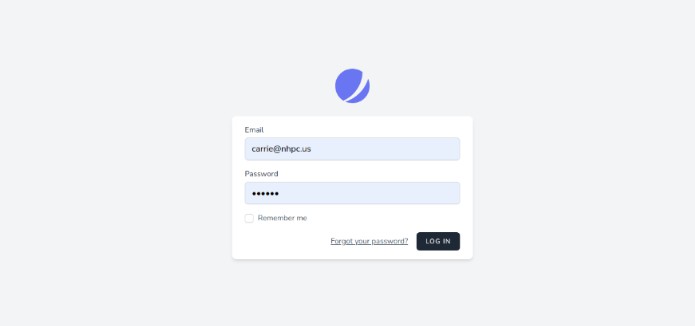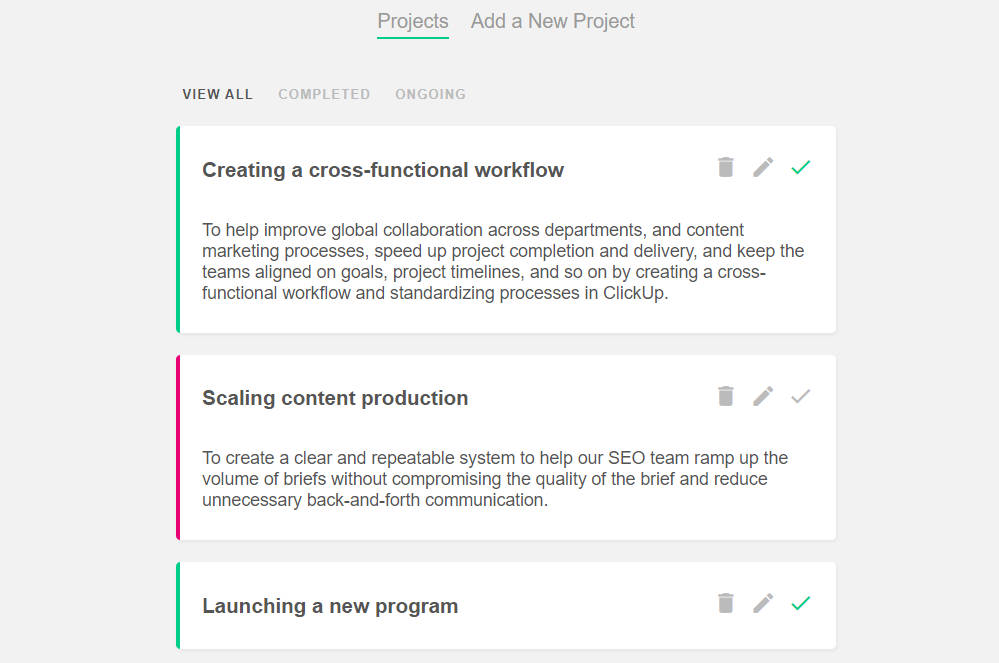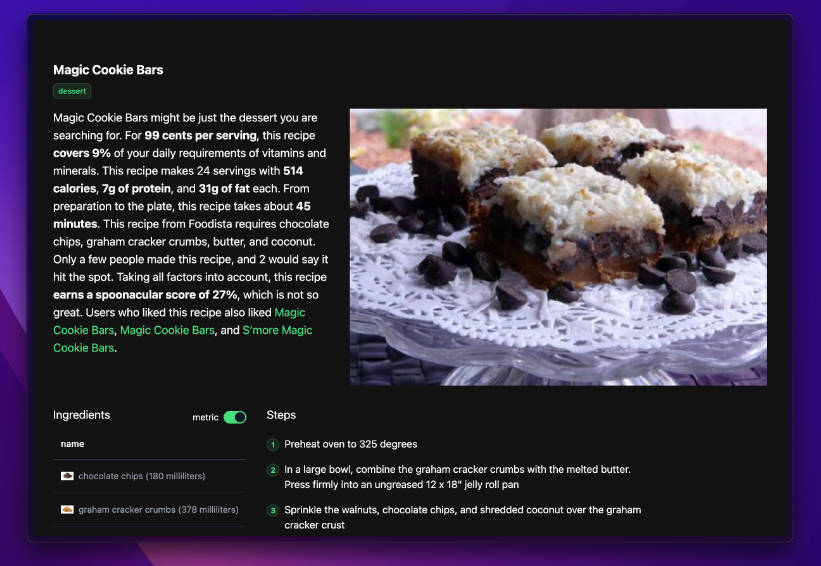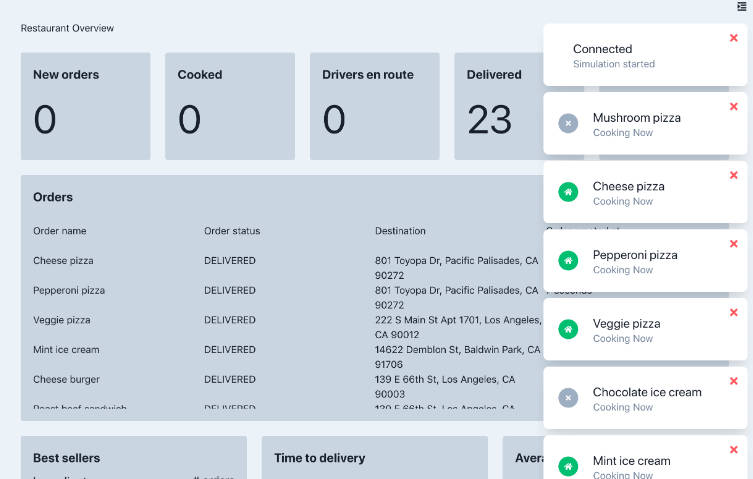CarbonCredits-MetroTravel
A Green Travel Incentive Web App for Carbon Emission Reduction.
Introduction
As carbon emissions from human activities increase year by year, the impact of greenhouse gases and the resulting greenhouse effect on the earth’s ecological environment is becoming increasingly severe. In today’s Chinese society, with the popularization of the concept of low-carbon living, the choice of green transportation has gradually become a new social consumption trend. In this scenario, based on China’s largest intelligent travel ecological service operator – Bavitone transportation and travel platform, we design a personal carbon emission credits system web app by embedding existing travel applications, using big data, intelligent UI human-computer interaction, visualization and other technologies, and applying the latest front and back-end technologies such as Vue, Pixi and Egg. The system quantifies users’ contribution to carbon emission reduction by taking public transportation as carbon points, and through the design of multiple points acquisition and consumption methods, users are rewarded from green travel, which can increase users’ sense of access, enhance platform activity, and empower businesses and partners around transportation stations to stimulate new business opportunities. The system has the positive effect of motivating users to travel green, enhancing the stickiness of platform users, and effectively allowing mass commuters to contribute to energy saving and emission reduction.
Preview
Features
Railroad Building Game: Interactive presentation system for points.
Design background: Collection games are popular among young people. Collecting games do not require users to spend too much time on the game itself, only a few clicks of the interface in the free and fragmented time, you can long-term Buddhist play. The system grasp the user in the subway environment there are a lot of fragmented time, and the network signal may be weak characteristics, designed the railroad background of the collection of games, to extend the user’s retention time in the eight Wei Tong APP. The game design concept of “simple and easy to understand, simple operation and short time consumption” is adopted by the development team to meet the subway application scenario and the game taste of target users, in response to the fragmented cell phone use time characteristics of subway users.
Functionality: The core gameplay is the collection of “tracks, trains and stations” and the construction of “virtual railroad system”. In the game, users collect a rich variety of track pieces through carbon points exchange; unlock different types of trains, stations and special props by completing specific tasks such as random sampling, reading articles or browsing in the mall. After collecting a certain number of the above items, users can freely choose the location on the current city map to build stations and lay tracks. Once the tracks are laid between two stations, the user can place a running train on the tracks; at this point, the system will simulate the train running with the track route between the two points with animation. As the number of tracks, trains and stations increases, it eventually constitutes a complex urban metro network. The system gives back carbon credits of the appropriate size to the user according to the number of passengers carried by the virtual railroad.
Topic Wall: Achieve operational content self-growth
Design background: In the subway scene, many passengers who ride alone need the opportunity to socialize and eliminate loneliness; especially young working users need to release their emotions from work and life pressure and various aspects during their commute. To meet the social needs of subway users, the development team designed a topic wall based on geographic location.
Functionality: The topic wall is bound to a specific geographic coordinate for each topic, and the topic is related to the special stations and POI information around the location, written by the system administrator, merchants or advertising agents around the station, which has both commercial value and social attributes. During the user’s transportation ride, the system displays nearby topics based on the user’s real location, and the user can post dynamic, view nearby dynamic, and like, reply and share according to the topic. For the comments with high number of likes, the APP will display them first and reward the content creators with certain carbon points.
Carbon Credits Mall: Actual revenue conversion for users
Design Background: Carbon credits have strong asset properties in the whole carbon trace system. Through carbon points exchange for goods or exchange for discounts on goods, the actual benefits of users are transformed to increase their sense of access, stimulate user loyalty and achieve sustainable carbon emission reduction.
Functionality: The points mall includes two sections: the physical redemption mall and the virtual goods mall. The physical exchange mall features “participate in poverty alleviation projects and buy special-priced goods”, selling rural revitalization products. Users can redeem carbon points or buy them at a discount. At the same time, it is combined with the business circle economy around the site, and cooperates with merchants near the site to launch merchant coupons to drive the economic development around the site. The virtual goods mall can be exchanged for shopping bonuses, coupons, gas cards, VIP membership of video sites, etc.
Crop Adoption: Visualizing the connection between carbon credits and nature
Design Background: Carbon credits have a positive meaning of “green and emission reduction”, so it is of positive value to design a crop farming game to visualize the green attributes of carbon credits. In the current market, the design of points consumption paths similar to “Ant Forest” is common, but they do not bring users any tangible income. Therefore, the development team designed a virtual farm system that allows users to get real fruits and vegetables they grow online.
Functionality: Cooperate with local farmers to allow users to adopt original crops through the use of points. Users plant, water, fertilize and other daily maintenance operations on the crops in the APP, and when the crops are mature, the cooperative farmers will deliver the mature corresponding crops to their doorsteps, and users will harvest the real results.
More
For details of this project, please see 1901966-LeedsHighFlyingBirds-【A01】基于绿色出行场景个人碳排放积分系统开发与运营-项目详细方案.pdf file.

